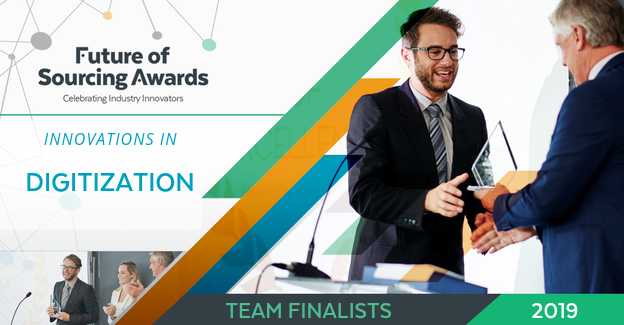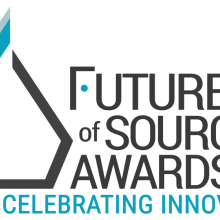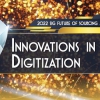This October, the Future of Sourcing Awards will celebrate organizations and individuals that have shown innovation, leadership and transformation in categories that are critical to the sourcing industry. Interviews with the finalists provide helpful insight about their projects, the problem they sought to solve and the impact to their organizations. Below, read more about how the University of California joined forces with California State University (CSU) (35 locations combined) around CalUsource: an innovative, web-based, sourcing-to-contract technology platform.
Can you outline why your team embarked on this project and the problem that needed to be solved?
How were things done originally and what was the inspiration to innovate the process?
What KPIs did you use to measure success for this project? (For example: performance, customer satisfaction, revenue, sales or relevant financial gains?)
- Count of active users in CalUsource
- Count of reverse auction events
- Cycle time for sourcing events from create to award
- Monthly and Year over Year sourcing event growth
- Monthly and Year over Year new contract growth
- Count of total contracts in CalUsource
- Percentage of newly uploaded contracts in CalUsource
- Help Desk satisfaction rating and resolution cycle time
- Compile training opportunities by help desk ticket categorization and training website hits along with total number of users trained
- Number of business needs addressed through technology enhancements delivered
- Unique suppliers self-registered through Public Bid Site
How do you plan to ensure that the new model remains relevant and adapts to the future needs of the market?
- UC has spearheaded a partnership with other large industry/enterprise clients using this platform to negotiate with the software provider to enhance and adapt the platform to meet specific organizational needs. Working shoulder-to-shoulder with leading enterprise clients in this effort provides valuable insight into how to improve our platform and our procurement practices.
- Our revolutionary implementation model includes having an individual from each campus location (campus primary representative) who is accountable for representing the needs, pain points and wins of their campus user base. This ensures continued relevancy through voice-of-the-customer feedback and helps us be responsive to user needs and suggestions for improvement.
- Our team also works closely with the Procurement Policy and Legal Document Team to remain in compliance with University and State legislative policies.
What advice do you have for those who may want to implement this innovative approach in their own organizations?
With innovations in digitization occurring very quickly in our industry, how do you see this specific project further transforming in the future?
- Continue to partner with expanded internal business units such as Medical Centers, Construction, Risk, and external groups such as the California Community Colleges to assist in digitization of procurement related and other contracting documents. This expansion of users and entities will continue to drive efficiencies, scale, and ease of partnership, continuing to result in lower pricing and increased opportunities to innovate with our supplier partners.
- This shared platform creates a robust, flexible, and data-rich foundation on which we can grow our technology and business capabilities to support our expansion from Procurement entities to full Supply Chain organizations.







